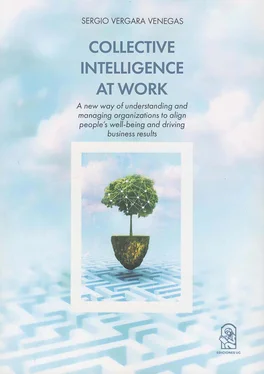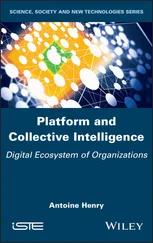Sergio Vergara Venegas - Building Collective Intelligence in the Organization
Здесь есть возможность читать онлайн «Sergio Vergara Venegas - Building Collective Intelligence in the Organization» — ознакомительный отрывок электронной книги совершенно бесплатно, а после прочтения отрывка купить полную версию. В некоторых случаях можно слушать аудио, скачать через торрент в формате fb2 и присутствует краткое содержание. Жанр: unrecognised, на английском языке. Описание произведения, (предисловие) а так же отзывы посетителей доступны на портале библиотеки ЛибКат.
- Название:Building Collective Intelligence in the Organization
- Автор:
- Жанр:
- Год:неизвестен
- ISBN:нет данных
- Рейтинг книги:5 / 5. Голосов: 1
-
Избранное:Добавить в избранное
- Отзывы:
-
Ваша оценка:
Building Collective Intelligence in the Organization: краткое содержание, описание и аннотация
Предлагаем к чтению аннотацию, описание, краткое содержание или предисловие (зависит от того, что написал сам автор книги «Building Collective Intelligence in the Organization»). Если вы не нашли необходимую информацию о книге — напишите в комментариях, мы постараемся отыскать её.
Under the assumption that the climate results are the reflection of underlying variables, the author develops the application of the concept of collective intelligence, that is, how a group of people can generate greater joint value in the creation of a work environment that is a contribution to business and management. With an outstanding professional career in the areas of human resources and marketing in transnational companies, the author is currently a consultant and academic and, therefore, offers not only a cutting-edge theory in organizational climate, but also a series of concrete tools that They can be used by the reader, measuring instruments and a control panel to generate a work environment that produces sustainably positive results.
This book is aimed at all people who seek to improve the work environment in companies or organizations, especially those who lead and lead teams and understand the positive impact of people's well-being in the management of companies.
"To manage the climate of a company or organization, reading this book and analyzing its recommendations is an essential starting point."
Nicholas Majluf













